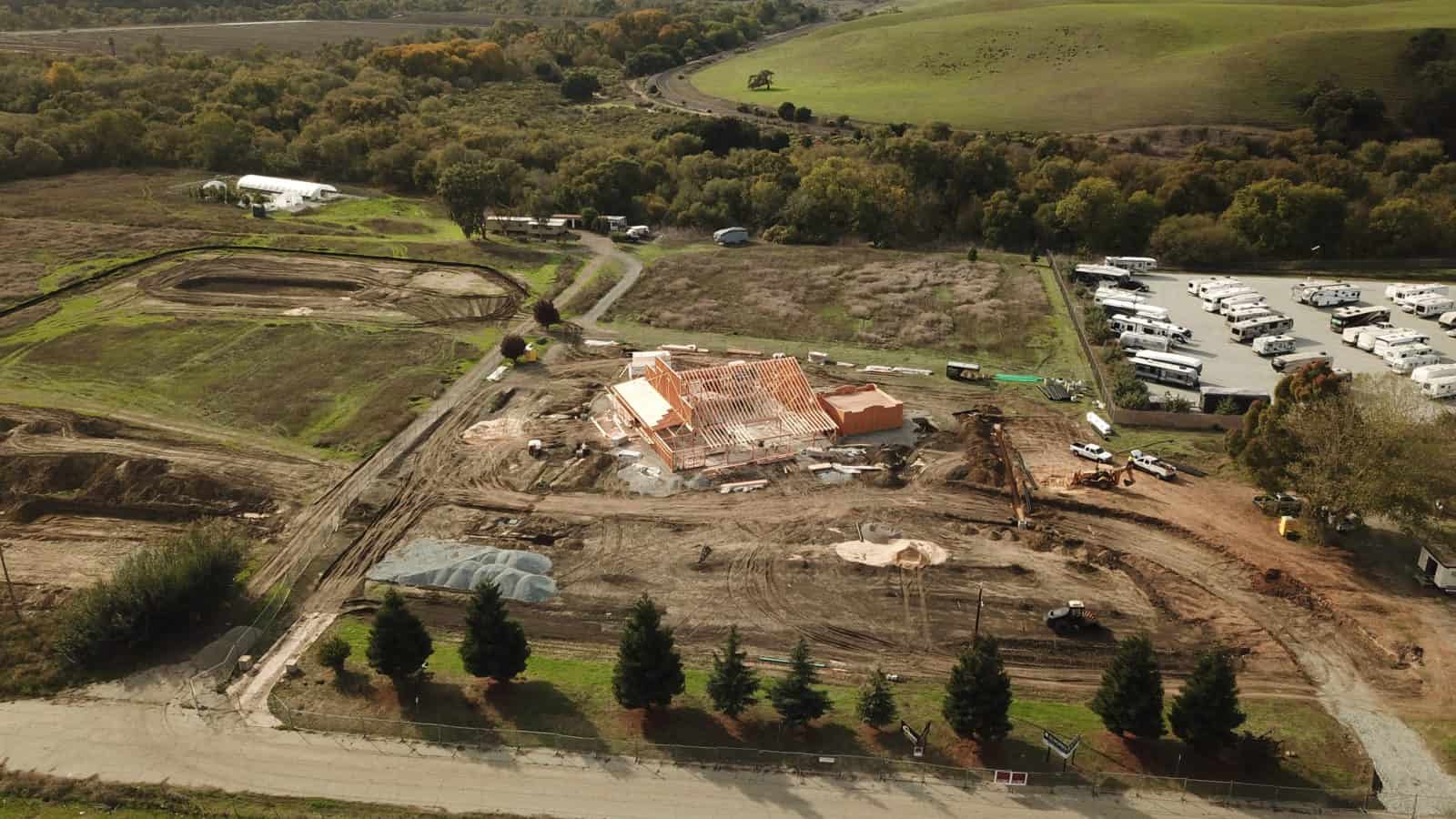
Honoring Amah Mutsun Land Trust
By Jeanne Ferris
In the San Juan Valley (Tratah), earth has a significant cultural and spiritual history for the tribe of Amah Mutsun. At First Contact, their territory expanded across verdant rolling hills and bountiful waterways on the Central Coast hillsides known as Juristac, including portions of San Benito, Santa Clara, and Santa Cruz counties.
Removed by force to the San Juan Bautista Mission in Santa Cruz in the 1700s, the Amah Mutsun and other Native people barely survived the horrific Spanish treatment. According to the Amah Mutsun website, approximately 19,421 California Natives died there. Amah Mutsun now has a survivorship of 600 enrolled members.
“It’s a never-ending story of destruction and domination for us,” Valentin Lopez, chair of the Amah Mutsun Tribal Band, said wearily. “It is still happening.”
Advocates with conservation and open-space organizations have rallied since 2018 in alliance with Amah Mutsun Land Trust. All have pledged to conserve the pristine ecology of this vital wildlife corridor, watershed, and four sacred village sites that another land dispute (Sargent Quarry Project) will destroy.
The latest threat, the Betabel Road Project in San Benito, intends to unearth the ancestors of the Amah Mutsun tribe by developing an area at the confluence of the San Benito and Pajaro Rivers.
This commercial proposal along Hwy 101 includes a gas station, restaurant, visitors center, marketplace, restrooms, and septic leach lines that would more than likely upend tribal gravesites. One of these structures is a proposed 10,000 square foot building.
On July 17, 2020, Rider McDowell, the creator of the Betabel Road Project, responded to questions on a community forum for Benito Link, a digital news media outlet covering San Benito County.
One of the questions asked of Mr. McDowell was, “Are you building on sacred Native Land?”
To which Mr. McDowell answered, “No. CHEER founder and community leader Herman Garcia, who has helped us understand the history of our land, consulted with Alan Leventhal from San Jose State. Professor Leventhal has been studying local Indian tribes for 32 years. Leventhal confirmed ours is not sacred land, and there are no burials here—any sacred land is far north of us in Santa Clara County. The people who claim otherwise are misinformed and have never come out here, never spoken to us. We understand the importance of the native culture and we are hoping for their advice and help with our plans for interpretive areas, particularly on our river walk.”
A request for a statement from Mr. Garcia (CHEER-Coastal Habitat Education and Environmental Restoration based in Gilroy) remains unanswered.
The following is an excerpt from Professor Alan Leventhal, Emeritus Staff/Faculty, Department of Anthropology, College of Social Sciences, at San Jose State University refuting Mr. McDowell’s claim:
At this point I want to make several things very clear, I did not make those pronouncements about there were no burials or sacred sites on these properties. In fact I stated that I would have to review their EIR, as any competent archeologist would do before making any such assessments of pronouncements.
Furthermore, one would need to review the cultural resources study and ascertain what predictive model was employed, on-site survey, results of an archival literature search conducted at the Northwest Information Center, Sonoma State University, and possible testing program as part of any proposed treatment/mitigation plan.
As we also know very well that in many cases where previous land development, construction of structures, cultivation, and other historic impacts to properties, ancestral burials had been encountered as in the cases, for example, of sites CA-SCL-128 (Holiday Inn Site) and CA-SCL-690 (Tamien Station) located along the fresh water drainage of the Guadalupe River, both sites containing over 100 burials, as well as others.
Another factor to consider is which cultural resource management firm conducts such a field investigation for an EIR. In some cases firms who have limited to no background in central California Native American history in general, and Amah-Mutsun history and heritage specifically, are sometimes hired to issue forth a negative declaration. This is exactly why I would not issue such a letter when requested by Mr. McDowell.
In conclusion, Mr. McDowell should publish a retraction, acknowledging that he falsely represented my name and professional opinion relative to this project. I hope that this response puts to rest my non-involvement and neutrality of the Betabel Road Project.
Respectfully submitted,
Alan Leventhal, Muwekma Ohlone Tribal Archeologist and Ethnohistorian (since 1980)
—
The following statements are from the Betabel Road Project website/FAQ page:
Things You Should Know
- Betabel would be built on the site of a former junkyard.
- Betabel estimates it will create 75-100 full time jobs.
- Betabel will generate millions in annual tax revenue for the struggling county.
- Betabel will divert business to the shops, restaurants, hotels and sightseeing destinations of SBC through its watering can visitors’ center.
- Betabel has more than sufficient water.
- Betabel is not building housing.
- Betabel will cause NO increase in traffic. Business will come from existing traffic.
- Betabel will cause NO construction delays. The overpass and on-and-off ramp already exist.
- Betabel is not building in a flood plain, is not on sacred ground, and poses no wildlife or fire dangers.
- Betabel is owned by a charity; all profits go to pediatric cancer research.
When asked how the Betabel Project can go on record making such claims, Professor Leventhal said, “They [Betabel] want to ramrod their agenda by using colonial systems in place to achieve their goal.”
“This Lopez character, who I’ve been told repeatedly is of purely Mexican heritage,” Mr. McDowell said. “An “award winning journalist” should not take the word of a character like Mr. Lopez, who seems motivated by money and -I’ve been told repeatedly- wants land for an Indian gaming casino.”
“No one has ever consulted with us on any studies. We gave them ethnographic maps and they did not include them in any future development plans,” Chairman Lopez continued to emphasize. “Yes, I am Amah Mutsun and enrolled with the BIA (Bureau of Indian Affairs).”
Mr. McDowell’s statements only affirm he has made no attempt to open dialogue directly with the tribe regarding his intentions for the land. He has left the orchestration of the development entirely to Mr. Garcia who has been remiss in this courtesy toward the Amah Mutsun Land Trust.
“On October 10, 2021, we sent a letter to the Governor’s office requesting assistance,” Chairman Lopez said. “There has been no answer yet. We have retained an attorney requesting the developer to ‘Cease and Desist’. Herman Garcia’s interpretation of Indigenous cultural and religious sites is unethical.”
Despite these oppositions, including the Preserve Our Rural Communities organization which has brought a lawsuit regarding zoning against San Benito County Supervisors in April 2020, permits for grading without proper tribal representation are on track for submission this month.
Tavin Kinson Brown, the principal planner at Resource Agency for San Benito County, was out in the field and unavailable for comment.
When asked directly, “Why hasn’t there been a CEQA or NAHC study on this site?” Mr. McDowell replied in an email:
“We are trying to put in a vintage roadside stop on what was a former junkyard and meth-lab site. Prior to the junkyard, the land was farmed for 100 years. We have spent tens of thousands of dollars cleaning up the watershed and rivers, and Steelhead trout are now extant in the rivers for the first time in 85 years. We are doing something positive for the community, as all profits from this business go to pediatric cancer research. Plus, badly needed local taxes, jobs, and services will be generated by this business. Herman Garcia wrote the original Amah Mutsun charter for the tribe and traveled to Washington DC to lobby on behalf of the tribe for recognition. For this reason Herman Garcia is a legendary figure among the Amah Mutsun. Val Lopez does not represent the thinking of the rank and file Amah Mutsun, several of whom have reached out to us to lend their support.”
CEQA is the California Environmental Quality Act, a state law that requires specific construction projects to assess their impact on the environment and identify mitigation measures before building.
The definition for Native American Heritage Commission Assembly Bill 4239 is:
Assembly Bill 4239 established the Native American Heritage Commission (NAHC) and was signed into law by Governor Edmund G. Brown Jr. on September 29, 1976. Assembly Bill 4239 created an autonomous governmental body whose authority would encompass the protection of Native American cemeteries and sacred places.
Today, the NAHC provides protection to Native American human burials and skeletal remains from vandalism and inadvertent destruction. It also provides a legal means by which Native American descendants can make known their concerns regarding the need for sensitive treatment and disposition of Native American burials, skeletal remains, and items associated with Native American burials.
In response to Mr. McDowell’s comment regarding Herman Garcia’s role with Amah Mutsun, Professor Leventhal said, “It was the Muwekma Ohlone Tribe that helped the Amah-Mutsun Tribal community organize in 1989. The Muwekma provided guidance and resources for Amah to write their governing documents including, Constitution, By-Laws, Enrollment Ordinance and related documents.
I was part of that process for a period spanning at least 10 years. I also crafted their evidence as a previously federally recognized tribe, based on the precedent of the Muwekma’s formal determination by the BIA on May 24, 1996 under 25 CFR Part 83.8. During that time period, Herman Garcia was not involved with anything the Amah-Tribal Council was engaged in.
It is possible that Mr. Garcia became involved with Amah after Val Lopez enrolled in the Tribe and later became Chairman in 2003. You will have to check with Chairman Lopez about Mr. Garcia’s legendary status with the Tribe!”
Chairman Lopez declined to give a character reference for Mr. Garcia.
Mr. McDowell has not published any retractions to date and admitted there were no CEQA or NAHC studies available. He and his wife do not own the land. Instead, a charity trust they founded in memorial for their son owns it. The McDowell Charity Trust purchased the 120 acres (of which 29 are commercial, the rest intended for agricultural use) three years ago—and since Victoria and Rider McDowell serve as fiduciaries to the trust, they are, in effect, approving all its decisions.
Pediatric cancer research is an important endeavor that is an exemplary dedication to furthering science and improving children’s terminal health issues.
The Betabel Road Project’s message of how the ‘profits from this development will go toward pediatric cancer research’ appears sincere. However, ignoring Native Californians’ religious and cultural sites is an egregious blunder by today’s social justice standards.
It would be honorable to implement best practices by decolonizing the methodologies used in real estate acquisitions for future non-native generations to model. For example, good manners would be to consider asking your neighbors if it would be okay to build your structures on their relatives’ gravesites.
Moreover, isn’t taking the high road always a commendable course of action?
“We do not own the land. We belong to the land.”
—Amah Mutsun





